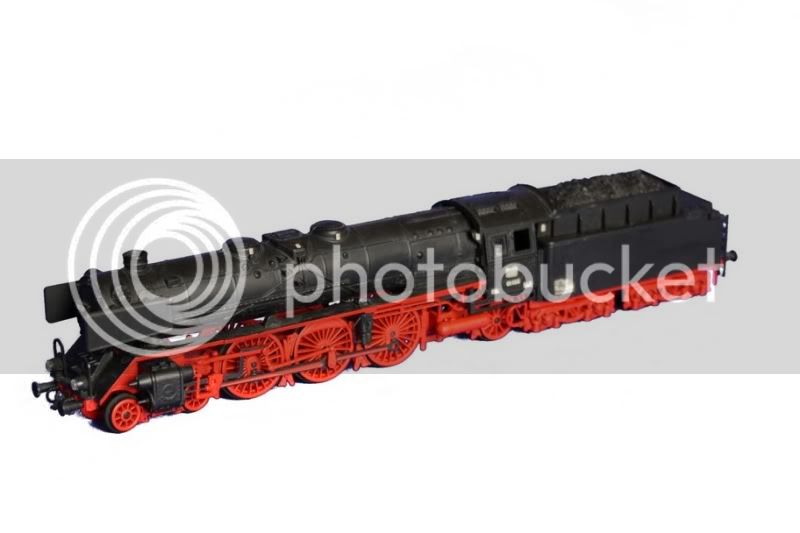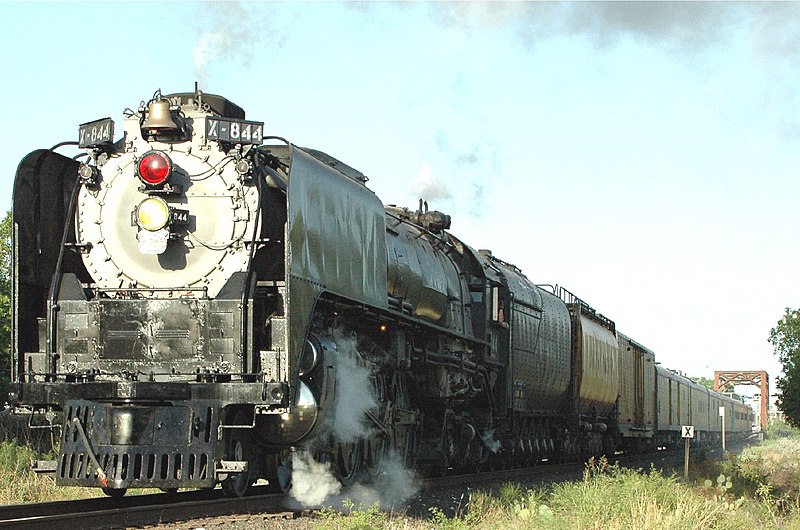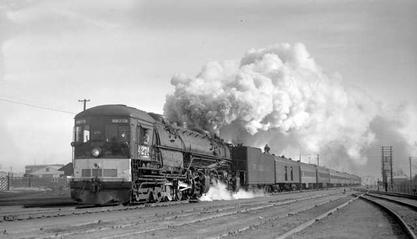mklotz
Well-Known Member
I asked this question over on MadModder but most of the answers were rather tentative so I'll repeat it here.
I've seen lots of European locomotives that have "blinders" on the sides of the boiler projecting forward around the headlight.

What is the purpose of these structures?
And a second question...
Why do you seldom see them on American locomotives? (I've never seen them on an American loco but I suppose the possibility exists.)
I've seen lots of European locomotives that have "blinders" on the sides of the boiler projecting forward around the headlight.

What is the purpose of these structures?
And a second question...
Why do you seldom see them on American locomotives? (I've never seen them on an American loco but I suppose the possibility exists.)








































































